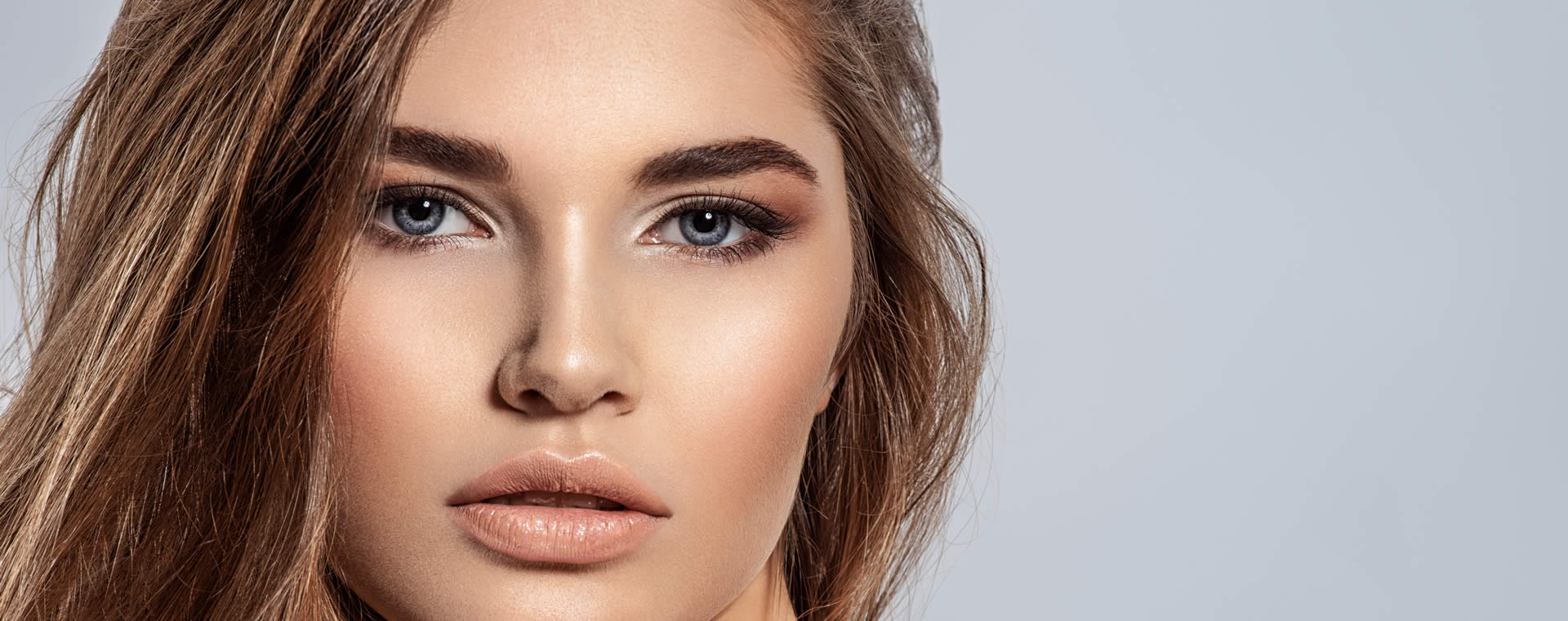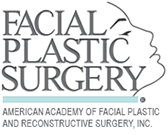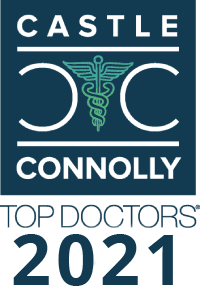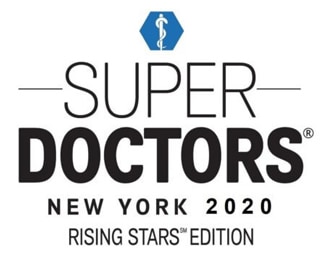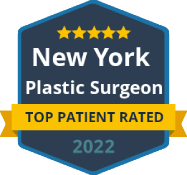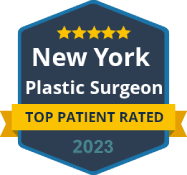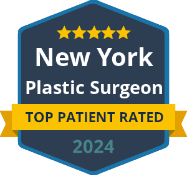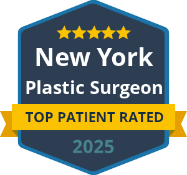Eliminate Dark Circles Under Your Eyes with Lower Eyelid Fillers
Do you find your lower eyelids to have dark circles? Do they seem hollow or sunken?
There are now some great options that can help your lower lids seem brighter, smoother, and younger looking.
What’s the cause of dark under-eye circles? Eyelid skin is some of the thinnest skins in all of the body. Because of this, a large portion of the light that hits the lower eyelid is absorbed rather than reflected. That makes the skin in this area appear darker. In addition, convexity or depression along the bony orbital rim increases shadow formation in this area, which exacerbates the dark circles.
What’s the solution? Until recently, the only option for improving the dark circles has been makeup application to alter the lower lid color. This can be a time-consuming and demanding endeavor for female patients and a non-starter for the majority of male patients. Lasers, skin peels and microneedling are often tried, but they do not affect the dark circles in a meaningful way. Non of the above solutions address sunken skin in the lower eyelid area, also known as a tear trough deformity. Facial fillers have dramatically altered our ability to address this cosmetic concern.
Facial fillers can inflate and smooth the depression in the lower lids and alter the light reflection of the lower lid skin. This smooths the lower lid contour and lightens the perceived color of the skin under the eyes. There are multiple treatment choices for facial fillers in the lower lid, including autologous fat and nano-fat (taken from your own body) or commercially available fillers, including hyaluronic acid fillers (Juvederm®, Restylane®, and Belotero®), Poly-L-Lactic acid (Sculptra® Aesthetic™) and calcium hydroxylapatite (Radiesse®).
How do you choose, and what is the best option? Before choosing, let’s consider the advantages and limitations of each option.
Filler options:
Autologous fat: This treatment requires a separate procedure to anesthetize and remove fat from the lower body (abdomen, flank, or the thigh). The fat is then prepared and injected into the lower eyelid area. Fat grafting can be performed more globally to augment other facial areas at the same time. Fat grafting has the longest lasting benefit. The disadvantage of fat grafting is the need for a separate procedure to harvest fat, increased cost and possible lumpy appearance of the lid from the fat globules.
Nano fat: This is a relatively new procedure where similar to autologous fat transfer, fat is harvested from the lower body. The harvested fat is then passed through a series of small screens to disrupt the fat cells while preserving the fat-derived stem cells. Nano fat which is comprised of these stem cells, is then injected into the lower eyelid with tiny cannulas. Nano fat injections do not cause lumpiness and have shown to be remarkably beneficial for skin rejuvenation.
Hyaluronic Acid (Juvederm, Restylane, Belotero): Hyaluronic acid is a complex molecule that exists naturally in our bodies. The product is a clear synthetic gel that is available as off-the-shelf injections to augment and contour the face. These fillers are smooth and easy to contour to the desired configuration. The results typically last about a year. A big advantage of hyaluronic acid fillers is that they can be easily dissolved if so desired.
Poly-L-Lactic acid (Sculptra Aesthetic): This is a biocompatible synthetic material in powder form. The chemical composition is similar to what is used in absorbable sutures. The powder is dissolved in sterile water before injection. It stimulates collagen formation in the areas of injection though a process that may take a few months before the full results are realized. Results can last up to two years. The disadvantage is possible nodule formation.
Calcium hydroxylapatite (Radiesse): This is a white, paste-like facial filler that is composed of phosphate and calcium suspended in a gel carrier. It is injected into the lower lid at the level of the bony orbital rim to fill and contour the lower lid to a more desirable configuration. It can last about 18 months. Disadvantages include possible nodule formation and the possibility that the white color of the paste may be visible.
Summary of pros and cons
| Filler type | Pros | Cons |
|---|---|---|
| Hyaluronic acid | Ease of treatment Very natural appearing Reversible (can be dissolved) Can be molded during treatment |
Shortest lasting |
| Fat transfer | Longest lasting Sources from your own body |
Requires separate procedure to harvest fat Longer recovery Absorbs faster in smokers and elites athletes May appear lumpy |
| Nano fat transfer | Excellent skin booster Best improvement of dark skin Very smooth results |
Potential inadequate volume augmentation |
| Poly-L-Lactic acid | Excellent collagen booster Lasts longer than HA |
Results may take up to 6 months to manifest May cause granulomas or nodules |
| Calcium Hydroxylapatite |
Longer lasting | May cause nodules May be too white in appearance |
The procedure:
When fat transfer or nano fat transfer is performed, the initial step is a minor liposuction to harvest fat from an area in the lower body (abdomen, flank or thigh). A local anesthetic is used for liposuction. The small incision for liposuction is closed with a fine suture. The fat is then prepared either as standard fat transfer or it’s passed through a series of small screens to create nano fat, which is rich in stem cells. The fat preparation is then loaded into small syringes.
The actual injection technique is similar for fat transfers and synthetic fillers. The face is anesthetized with topical cream and then cleaned and sterilized. The facial fillers, which are in 1cc syringes, are then attached either to a needle or a cannula (a blunt needle) and injected into the skin at the proper depth in small aliquots. Synthetic fillers can be manually molded to improve contouring. We monitor your skin, eyes and lower eyelids during the injections to ensure proper placement of the filler and avoid complications. Expert knowledge of anatomy in the face and eyelids and expertise in injection techniques (needle and cannula) are necessary pre-requisite for any clinician performing lower eyelid filler injections.
Recovery:
When liposuction is performed, there is minor discomfort and a possibility of bruising in the fat harvest region. The filler injection can also result in minor bruising in the lower eyelid region. Typically, there is minor swelling that goes away within three days. Applying ice packs can reduce the extent of swelling.
